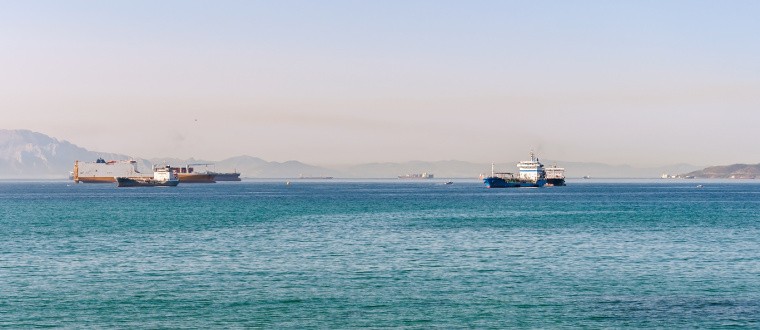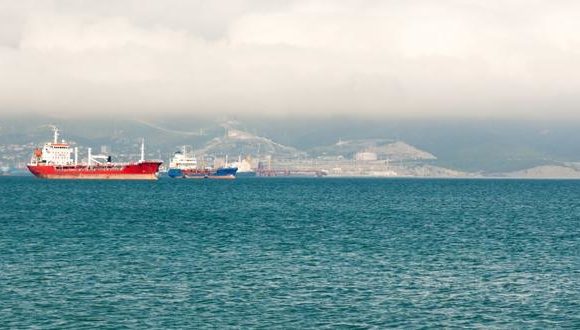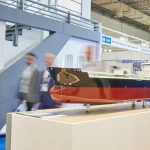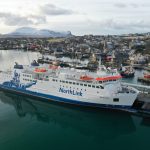Thordon Bearings Successful Oil-To-Water Conversion For Great Lakes Bulkers

The oil-to-water lubricated tailshaft conversion Thordon Bearings carried out last year to the 26,260dwt Great Lakes Fleet-managed bulk carrier SS John G. Munson has successfully completed its first season as a diesel-powered ship.
The shaft conversion of the 1952-built self-unloader formed a key part of the mammoth 12-month power conversion project completed last year by Fincantieri’s Bay Shipbuilding yard, in Sturgeon Bay, Wisconsin, U.S.A.
The vessel’s steam propulsion plant was replaced with an energy efficient medium-speed diesel arrangement. Major works also included the removal and replacement of the vessels’ tailshaft, stern tube, propeller and hub. Thordon Bearings’ supplied its COMPAC water lubricated propeller shaft bearings, a Water Quality Package, which conditions the lubricating water, and shaft protection system ThorShield.
Mechanical Supply Inc. and Belthor Systems, members of Thordon’s Distributor Network, worked closely with Great Lakes Fleet on the detailed design, while Avalon Marine, another Thordon Distributor, was instrumental in working with classification society ABS to trial COMPAC under its notation for extended shaft withdrawal.
SS John G. Munson became the first ABS-classed vessel with a water-lubricated propeller shaft arrangement to operate under its TCM (Tailshaft Condition Monitoring) notation.
Commenting on the success of the conversion, Thordon’s Regional Manager – Americas, Scott Groves, said: “September 2017 sea trials confirmed the MV John G. Munson is consuming considerably less fuel than it was as a steam ship, reducing emissions dramatically. The water lubricated propeller shaft arrangement adds to these cost savings and further mitigates against any risk of tailshaft pollution.”
As steam power plants can use 30 to 50% more fuel than comparable diesel engines, the shipowner’s decision to convert the Munson under the U.S EPA’s Steamship Repower Incentive Program has paid dividends. As a motorship, the owner can now extend the life of this historic vessel for decades to come, without detriment to the environment in which it operates.”
Thordon Bearings’ Director of Marketing and Customer Services, Craig Carter, added: “There are a number of steam-driven bulk carriers that have been earmarked as potential candidates for power conversions, some of which, like the Munson, have already been converted to more energy and environmentally-efficient means of propulsion.
In early 2016, the Interlake Steamship Co converted its last steam-powered vessel, the 1959-built self-unloader Herbert C. Jackson to diesel and also specified the COMPAC water lubricated bearing system.
“The conversion of both these vessels illustrates how well-maintained vessels can operate beyond the usual 25 years and be cost-effectively retrofitted to meet today’s more stringent environmental requirements. A 2012 study by the U.S. Maritime Administration found that repowering a laker can achieve 80 per cent of the efficiencies of a new build at 20 per cent the cost,” said Carter.
Groves added: “The owners of these vessels are very pleased at how their water lubricated arrangement is performing. Both Interlake and Great Lakes have responded very quickly to the changes in the shipping industry and specified COMPAC to meet new US EPA environmental requirements.”
He also intimated that Great Lakes Fleet is assessing the performance of COMPAC installed on the Munson with a view to converting more vessels in its fleet to water-lubrication.
Thordon Bearings is exhibiting at Posidonia 2018. To find out more about this and other projects, please visit Booth 3.111















